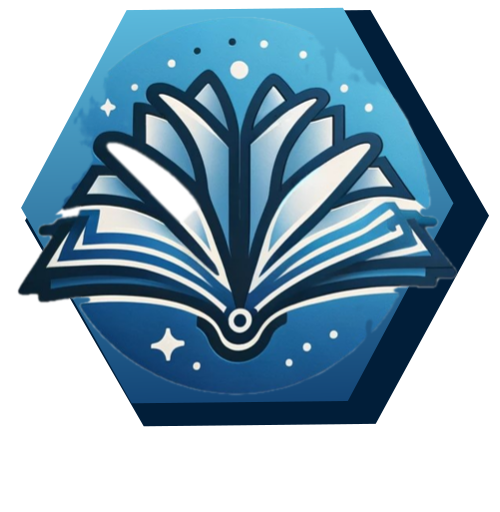
GlossaGen
creating a glossary and knowledge graph out of scholarly materials and chemistry reviews – instantly
This project is part of the 2024 LLM Hackathon for Materials and Chemistry. Find the public submission of our project – including a product demo – here. Thank you for leaving a ❤️, comment, repost or star!
Curious about example outputs of GlossaGen? Check out an intermediate Weights&Biases report here.
🔥 Usage¶
Run GlossaGen to extract a glossary table from the command line:
glossagen # runs the program with the default paper
glossagen path/to/directory/containing/paper # the paper must be called paper.pdf
👩💻 Installation¶
Create a new environment and install the package:
conda create -n glossagen python=3.10
conda activate glossagen
pip install -e .
IMPORTANT: Make sure you have a .env file in your project directory with an OPENAI_API_KEY.
# content of the .env file
OPENAI_API_KEY=sk-foo
# if you plan to generate knowledge graphs, provide Neo4J and Groq Credentials
NEO4J_URI=neo4j+s://foo
NEO4J_USERNAME=neo4j
NEO4J_PASSWORD=foo
GROQ_API_KEY=gsk_foo
🛠️ Development installation¶
To install, run
(glossagen) $ pip install -e ".[test,doc]"
Run style checks, coverage, and tests¶
(glossagen) $ pip install tox
(glossagen) $ tox
Generate coverage badge¶
Works after running tox
(glossagen) $ pip install "genbadge[coverage]"
(glossagen) $ genbadge coverage -i coverage.xml
Contents:
